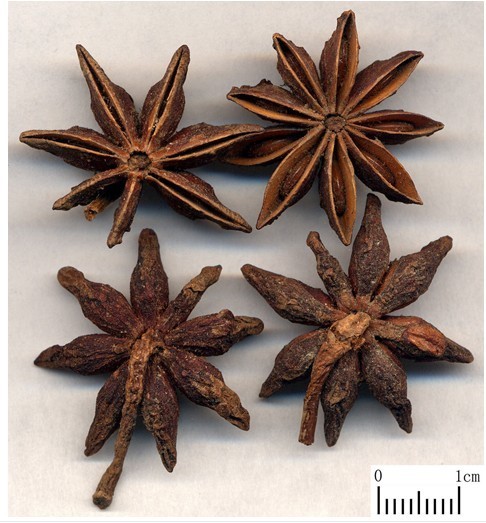| No. |
Name(s) |
| COMP-009924 |
benzoic acid, 4-methoxy |
| COMP-009925 |
4-methoxy cinnamaldehyde |
| COMP-009926 |
(+)-9-epiledene |
| COMP-009927 |
(s)-2,5,5,8-tetramethyl-1,2,3,6-tetrahydro-azulen-4(5h)-one |
| COMP-009928 |
1-(4'-methoxyphenyl)-(1r,2r)-propanediol |
| COMP-009929 |
1-(4'-methoxyphenyl)-(1s,2s)-propanediol |
| COMP-009930 |
(e,e)-methyl linolelaidate |
| COMP-009931 |
(e)-methyl isoeugenol; trans-methyl isoeugenol; isomethyleugenol |
| COMP-009932 |
4-methoxy-benzaldehyde-oxime |
| COMP-009933 |
bendazol |
| COMP-009934 |
4-ethyl benzaldehyde |
| COMP-009935 |
foeniculin |
| COMP-009936 |
n-(4-hydroxyphenyl)-2-methylbenzamide |
| COMP-009937 |
isobornyl thiocyanoacetate |
| COMP-009938 |
o-nitrosobenzoic acid |
| COMP-009939 |
anisatin |
| COMP-009940 |
a-trans-bergamotene |
| COMP-009941 |
1-(4'-methoxyphenyl)-(1r,2s)-propanediol |
| COMP-009942 |
2-(1-cyclopentenyl)-furan |
| COMP-009943 |
1,1'-(1-ethyl-2-methyl-1,2-ethenediyl)bis(4-methoxybenzene) |
| COMP-009944 |
3,3-dimethyl allyl-p-propenyl phenyl ether |
| COMP-009945 |
bergamotene |
| COMP-009946 |
phenol-3-[2-(2-phenylethy)amino]ethyl] |
| COMP-009947 |
saf role |
| COMP-009948 |
9-methyl-9h-fluorene |
